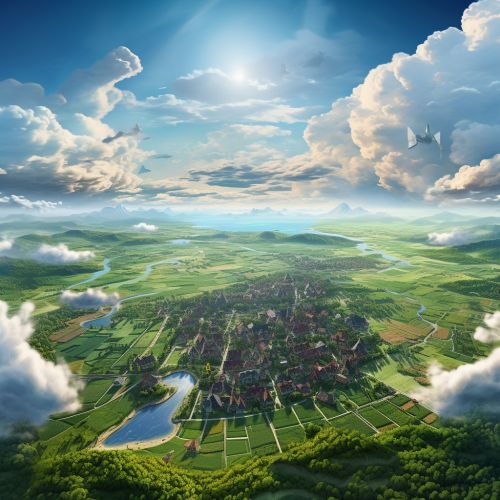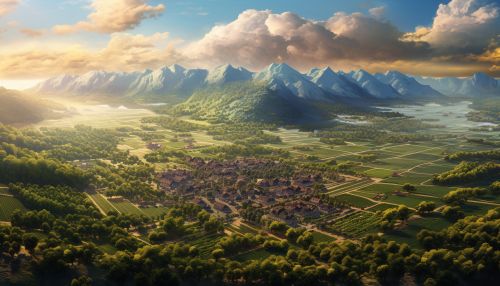Urban Sprawl
Definition and Overview
Urban sprawl, also known as suburban sprawl, is a multifaceted concept, primarily involving the spreading out of a city and its suburbs over rural land at the periphery of an urban area. This phenomenon occurs when development increases in an area of low population density at the expense of the surrounding environment. It is often characterized by single-use zoning, such as housing or industry, which can result in increased reliance on automobiles, inefficient use of resources, and less sustainable communities.


History and Development
The history of urban sprawl dates back to the post-World War II era, particularly in the United States, when increased automobile ownership, coupled with the desire for larger homes and lots, led to an exodus from city centers to the suburbs. This trend was further fueled by government policies that subsidized highway construction and home ownership. The Levittown developments, for example, epitomized this era of suburban growth and the advent of the "American Dream" of owning a home in the suburbs.
Causes and Contributing Factors
There are several causes and contributing factors to urban sprawl. These include population growth, economic growth, technological advancements, and government policies. The rise of the automobile and the expansion of highway infrastructure have played significant roles in facilitating urban sprawl. Additionally, land use policies and zoning laws have often encouraged single-use development and the separation of residential and commercial areas, further contributing to sprawl.
Impacts and Consequences
Urban sprawl has numerous impacts and consequences, both positive and negative. On the positive side, it can lead to economic growth, increased housing options, and the ability for individuals to live in larger homes on larger lots. However, it also has significant negative impacts, including increased traffic congestion, loss of farmland and open space, increased air and water pollution, and a decreased sense of community. It can also lead to economic disparities, as wealthier residents move to the suburbs, leaving lower-income residents in urban centers with fewer resources.
Urban Sprawl and Sustainability
The relationship between urban sprawl and sustainability is complex. On one hand, sprawl can lead to inefficient use of resources, increased pollution, and loss of natural habitats. On the other hand, some argue that denser urban areas can also have negative environmental impacts, such as heat islands and higher levels of air pollution. Therefore, the challenge is to find a balance between development and conservation that promotes sustainable communities.
Mitigation and Smart Growth
In response to the challenges posed by urban sprawl, various strategies have been proposed and implemented to promote smarter growth and more sustainable communities. These include mixed-use development, transit-oriented development, and the preservation of open space. Policies such as urban growth boundaries and greenbelts have also been used in some areas to limit sprawl. Additionally, there is a growing movement towards New Urbanism, which promotes walkable, neighborhood-based development as an alternative to sprawl.
